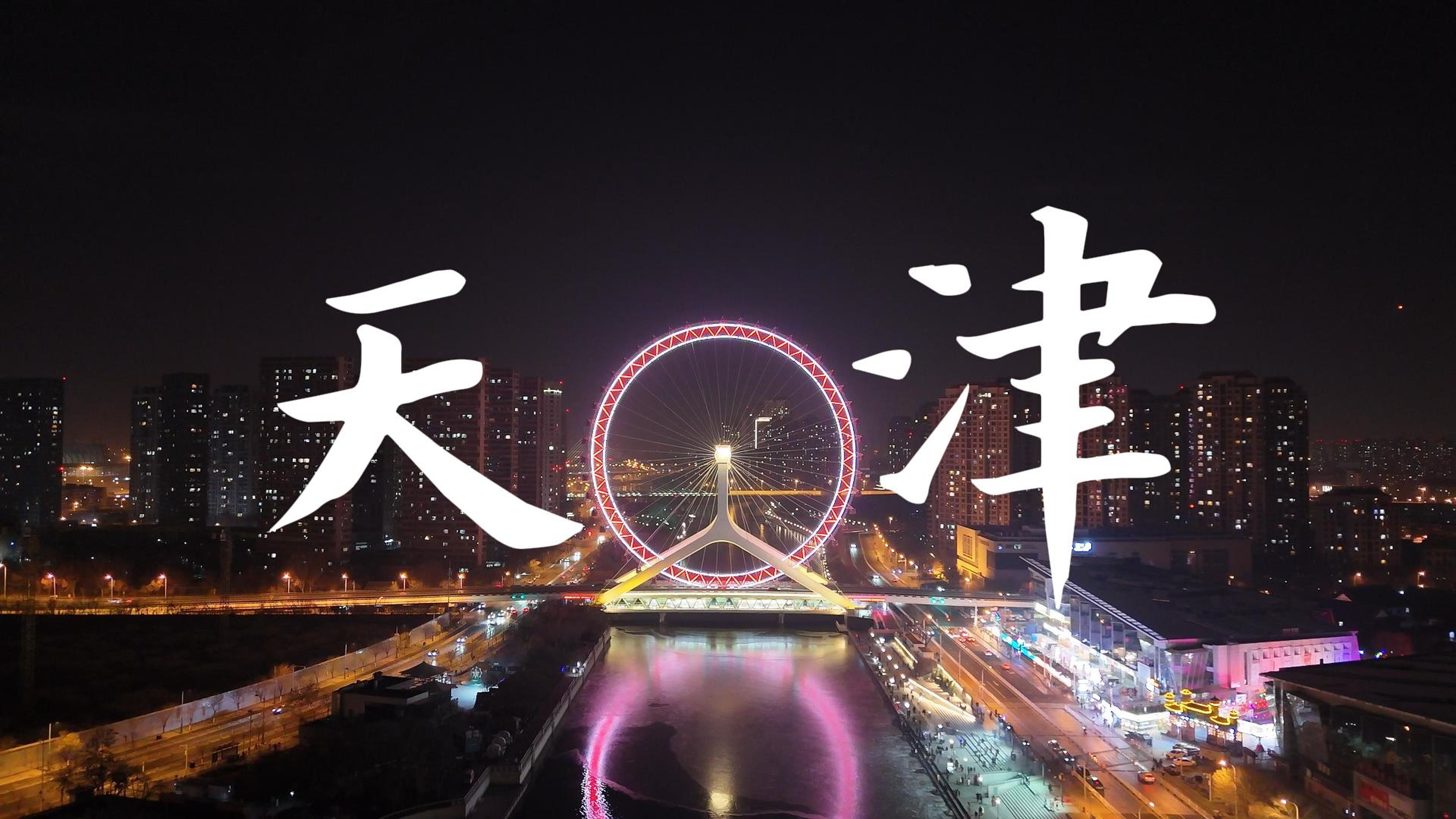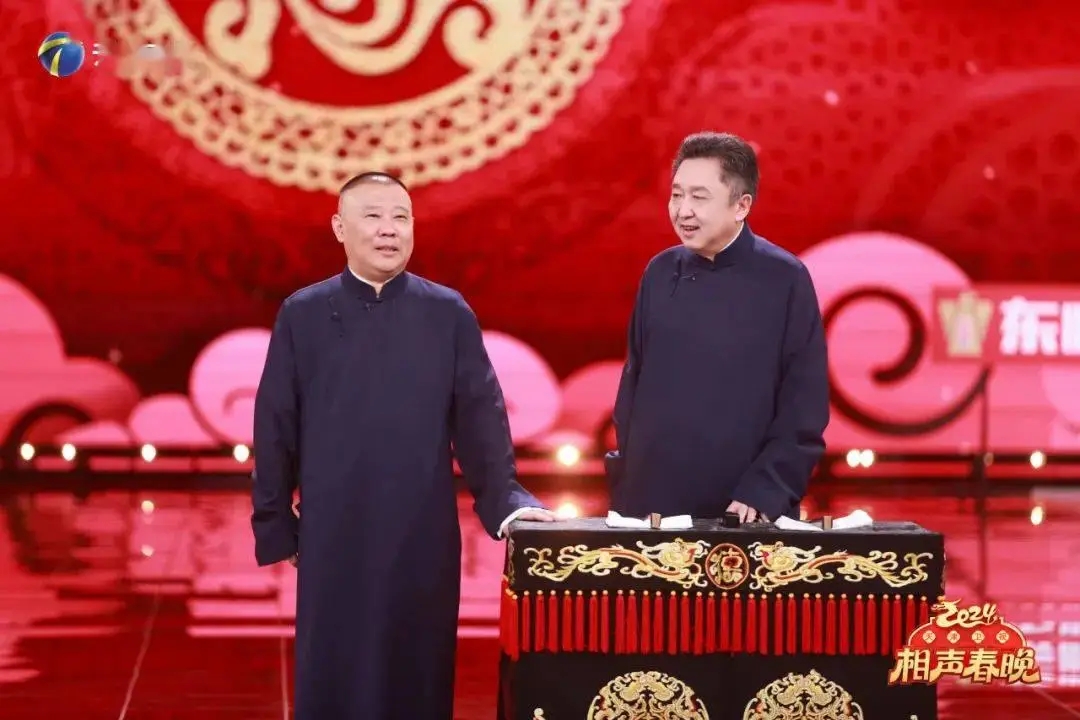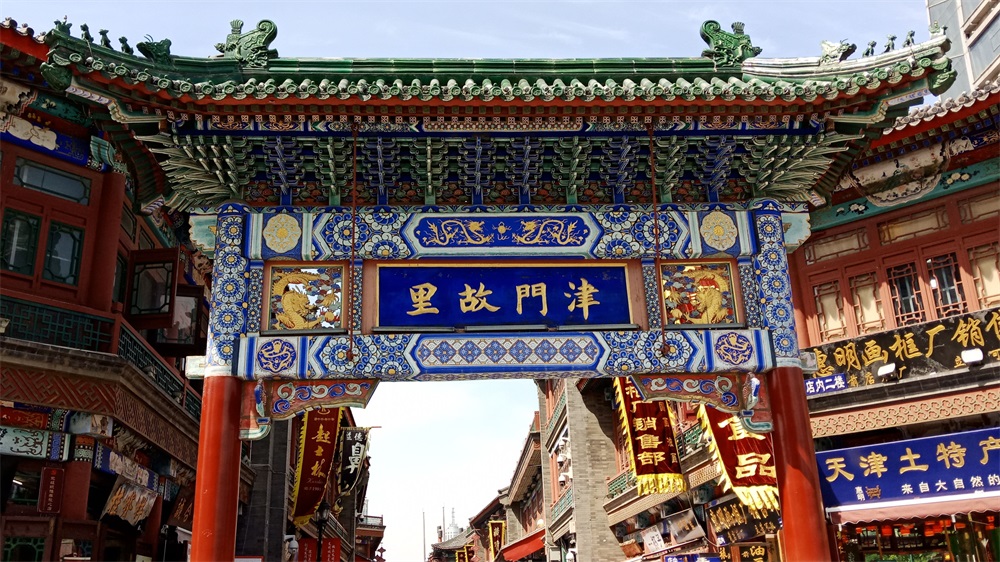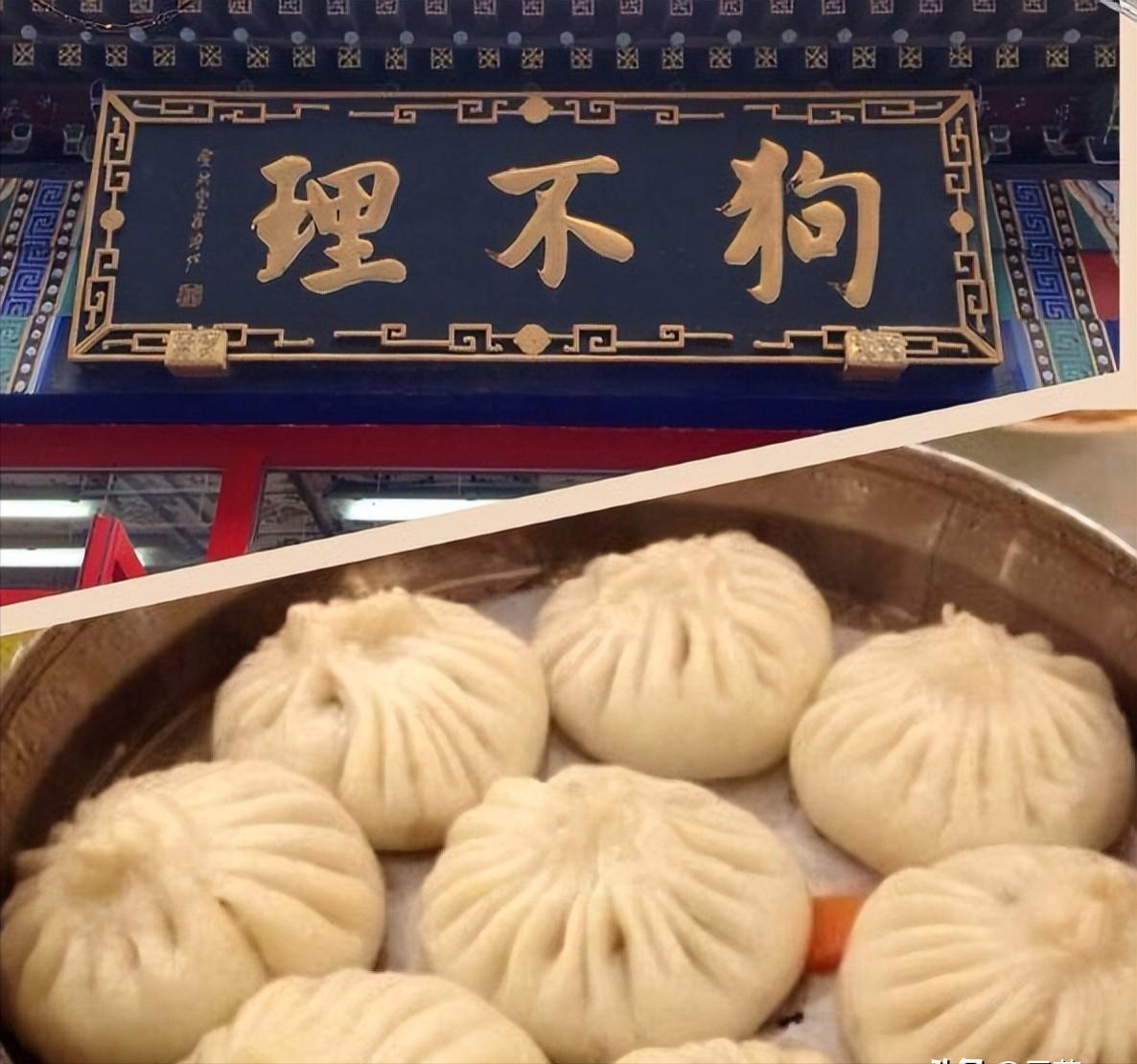Tianjin city
Introduction to the panoramic view of Tianjin city
II. Geographical Location and Natural Environment
1. Location advantage
Tianjin is located between 38¡ã34¡ä N and 40¡ã15¡ä N latitude, and 116¡ã43¡ä E and 118¡ã04¡ä E longitude. It is situated in the northeastern part of the North China Plain, bordering the Bohai Sea to the east, the Yanshan Mountains to the north, and Beijing to the west, forming a geographical pattern of "mountains and seas adjacent to each other". The city center is 120 kilometers away from Beijing, with a direct high-speed rail connection that takes 30 minutes. Tianjin is an important node in the coordinated development of Beijing-Tianjin-Hebei region.
2. Topography and landform
The total area of the city is 11,966.45 square kilometers, with 93% being plain. The terrain slopes from the northwest to the southeast, with the highest peak, Jiushan Peak, reaching an elevation of 1,078.5 meters. The main stream of the Haihe River flows through the city, forming a water system network known as the "Seventy-two Forts".
3. Climate characteristics
It belongs to the warm temperate semi-humid monsoon climate, with four distinct seasons:
Spring: windy and dry, occasionally with dust storms
Summer: hot and humid, with an average temperature of 26.5¡æ in July
Autumn: clear sky and crisp air, the best travel season
Winter: Cold and dry, with an average temperature of -3¡æ in January
4. Natural resources
The coastline is 153 kilometers long
The proven reserves of Dagang Oilfield are 450 million tons
The geothermal resources are abundant, with 10 geothermal fields already developed
III. Historical Evolution
1. Before the establishment of the city (from the pre-Qin period to the Yuan Dynasty)
During the Warring States period, it belonged to the Yan State
After the opening of the Grand Canal during the Sui Dynasty, the Sanchahe Estuary became a hub for water transport
In the Jin Dynasty, "Zhigu Village" was established, which was renamed "Haijin Town" in the Yuan Dynasty
2. Ming Dynasty: Tianjin Wei period (1404-1644)
In 1404 (the second year of the Yongle reign), "Tianjin Wei" was established
Build a wall with a circumference of 9 li
Becoming a key military town and water transport hub in the north
3. Qing Dynasty: Port Opening and Modernization (1644-1911)
It was upgraded to Tianjin Prefecture in 1725 and Tianjin Prefecture was established in 1731
In 1860, the Treaty of Beijing opened up ports and established concessions for nine countries
During the Westernization Movement, modern industries such as the Beiyang Arsenal were established
4. The Republic of China period (1912-1949)
It was designated as a special city in 1928
The Japanese occupation period from 1937 to 1945
Liberation on January 15, 1949
5. Contemporary development (1949 to present)
It was designated as a municipality directly under the central government in 1949
In 1984, it became one of the first coastal open cities
In 2006, the Binhai New Area was incorporated into the national strategy
The Free Trade Zone was established in 2015
IV. Cultural Features
1. Language and culture
Tianjin dialect belongs to the Jilu Mandarin, with the following characteristics:
The value of Yin Ping tone is low (11)
Rich in rhotacized sounds
Unique vocabulary: "ma ni", "bei er"
Jingyun Drum: Luo Yusheng and other renowned artists have emerged in succession
Tianjin Kuaiban: Fast-paced and close to life
3. Folk art
Yangliuqing New Year paintings: a national-level intangible cultural heritage
Clay figurine Zhang's colored sculpture: six generations of inheritance
Kite Wei: detachable craftsmanship
4. Architectural culture
Five major avenues: 23 roads, over 2,000 foreign-style houses
Italian-style area: well-preserved southern European architecture
Jiefang North Road: "Oriental Wall Street"
V. Tourist attractions
Confucian Temple: built in 1436
Dabei Temple: The Largest Buddhist Temple in Tianjin
2. Modern style area
Five major avenues: Suggested itinerary:
Minyuan Square
Prince Qing's Mansion
Gu Weijun's former residence
Jiefang North Road: Key Buildings:
Former site of HSBC Bank
Lishunde Hotel
3. Modern urban landscape
Tianjin Eye: 120 meters high
Jinwan Square: CBD along the Haihe River
Binhai Cultural Center: Internet-famous Library
4. Scenic spots in Binhai New Area
National Maritime Museum: Exhibition hall covering 23,000 square meters
Aircraft carrier theme park: Kiev-class aircraft carrier
Dongjiang Bay Beach: artificial beach
VI. Local cuisine
Eighteen Street Fried Dough Twists: over 20 processes
Ear-shaped fried cake: freshly fried glutinous rice skin
2. Street snacks
Jianbingguozi: mung bean flour + crispy
Rice crust dish: the first choice for breakfast
Ripe pear cake: childhood memory
3. Special dishes
Fried carp with scales
Old explosion three: Wanghuo stir-fry
Sticking pancakes and simmering small fish: farmhouse flavor
4. Catering block
Northwest corner: Muslim cuisine
Liaoning Road Snack Street: A Concentration of Time-honored Brands
Italian-style Bar Street: A Gathering Place for Western Cuisine
VII. Practical Information
1. Tourist season
Best time: April to May, September to October
Special festivals:
May: International Design Week
September: Binhai Tourism Festival
Spring Festival: Temple fair in Ancient Culture Street
2. Traffic Guide
From the airport to the city center:
Metro Line 2
airport bus
Urban transportation:
Subway: 9 lines
Bus: tiered fare system
3. Accommodation recommendation
High-end: Lishun De Grand Hotel
Mid-range: Wudadao Homestay
Economy: Chain hotels on Binjiang Road
4. Consumption tips
Specialty purchase:
Gui Faxiang Fried Dough Twists
Yangliuqing New Year paintings
Avoidance guide:
Most of the "Goubuli" stores in tourist attractions are franchise stores
Advance reservation is required for Haihe River cruise
conclusion
Tianjin, with its unique geographical location, rich historical culture, and diverse urban landscapes, offers visitors a comprehensive experience. From the historical buildings of the Five Avenues to the modern scenery of the Binhai area, from cross talk in tea houses to seafood feasts, this "Gengdu" (a nickname for Tianjin) is welcoming visitors from all directions with an open and inclusive attitude. Whether it's cultural exploration, a food journey, or business travel, Tianjin can bring you an unforgettable experience.
I. City Overview

II. Geographical Location and Natural Environment
1. Location advantage
Tianjin is located between 38¡ã34¡ä N and 40¡ã15¡ä N latitude, and 116¡ã43¡ä E and 118¡ã04¡ä E longitude. It is situated in the northeastern part of the North China Plain, bordering the Bohai Sea to the east, the Yanshan Mountains to the north, and Beijing to the west, forming a geographical pattern of "mountains and seas adjacent to each other". The city center is 120 kilometers away from Beijing, with a direct high-speed rail connection that takes 30 minutes. Tianjin is an important node in the coordinated development of Beijing-Tianjin-Hebei region.
2. Topography and landform
The total area of the city is 11,966.45 square kilometers, with 93% being plain. The terrain slopes from the northwest to the southeast, with the highest peak, Jiushan Peak, reaching an elevation of 1,078.5 meters. The main stream of the Haihe River flows through the city, forming a water system network known as the "Seventy-two Forts".
3. Climate characteristics
It belongs to the warm temperate semi-humid monsoon climate, with four distinct seasons:
Spring: windy and dry, occasionally with dust storms
Summer: hot and humid, with an average temperature of 26.5¡æ in July
Autumn: clear sky and crisp air, the best travel season
Winter: Cold and dry, with an average temperature of -3¡æ in January
4. Natural resources
The coastline is 153 kilometers long
The proven reserves of Dagang Oilfield are 450 million tons
The geothermal resources are abundant, with 10 geothermal fields already developed
III. Historical Evolution
1. Before the establishment of the city (from the pre-Qin period to the Yuan Dynasty)
During the Warring States period, it belonged to the Yan State
After the opening of the Grand Canal during the Sui Dynasty, the Sanchahe Estuary became a hub for water transport
In the Jin Dynasty, "Zhigu Village" was established, which was renamed "Haijin Town" in the Yuan Dynasty
2. Ming Dynasty: Tianjin Wei period (1404-1644)
In 1404 (the second year of the Yongle reign), "Tianjin Wei" was established
Build a wall with a circumference of 9 li
Becoming a key military town and water transport hub in the north
3. Qing Dynasty: Port Opening and Modernization (1644-1911)
It was upgraded to Tianjin Prefecture in 1725 and Tianjin Prefecture was established in 1731
In 1860, the Treaty of Beijing opened up ports and established concessions for nine countries
During the Westernization Movement, modern industries such as the Beiyang Arsenal were established
4. The Republic of China period (1912-1949)
It was designated as a special city in 1928
The Japanese occupation period from 1937 to 1945
Liberation on January 15, 1949
5. Contemporary development (1949 to present)
It was designated as a municipality directly under the central government in 1949
In 1984, it became one of the first coastal open cities
In 2006, the Binhai New Area was incorporated into the national strategy
The Free Trade Zone was established in 2015
IV. Cultural Features
1. Language and culture
Tianjin dialect belongs to the Jilu Mandarin, with the following characteristics:
The value of Yin Ping tone is low (11)
Rich in rhotacized sounds
Unique vocabulary: "ma ni", "bei er"
2. Quyi culture

Jingyun Drum: Luo Yusheng and other renowned artists have emerged in succession
Tianjin Kuaiban: Fast-paced and close to life
3. Folk art
Yangliuqing New Year paintings: a national-level intangible cultural heritage
Clay figurine Zhang's colored sculpture: six generations of inheritance
Kite Wei: detachable craftsmanship
4. Architectural culture
Five major avenues: 23 roads, over 2,000 foreign-style houses
Italian-style area: well-preserved southern European architecture
Jiefang North Road: "Oriental Wall Street"
V. Tourist attractions
1. Historical and cultural landscapes

Confucian Temple: built in 1436
Dabei Temple: The Largest Buddhist Temple in Tianjin
2. Modern style area
Five major avenues: Suggested itinerary:
Minyuan Square
Prince Qing's Mansion
Gu Weijun's former residence
Jiefang North Road: Key Buildings:
Former site of HSBC Bank
Lishunde Hotel
3. Modern urban landscape
Tianjin Eye: 120 meters high
Jinwan Square: CBD along the Haihe River
Binhai Cultural Center: Internet-famous Library
4. Scenic spots in Binhai New Area
National Maritime Museum: Exhibition hall covering 23,000 square meters
Aircraft carrier theme park: Kiev-class aircraft carrier
Dongjiang Bay Beach: artificial beach
VI. Local cuisine
1. Traditional Three Unique Skills

Eighteen Street Fried Dough Twists: over 20 processes
Ear-shaped fried cake: freshly fried glutinous rice skin
2. Street snacks
Jianbingguozi: mung bean flour + crispy
Rice crust dish: the first choice for breakfast
Ripe pear cake: childhood memory
3. Special dishes
Fried carp with scales
Old explosion three: Wanghuo stir-fry
Sticking pancakes and simmering small fish: farmhouse flavor
4. Catering block
Northwest corner: Muslim cuisine
Liaoning Road Snack Street: A Concentration of Time-honored Brands
Italian-style Bar Street: A Gathering Place for Western Cuisine
VII. Practical Information
1. Tourist season
Best time: April to May, September to October
Special festivals:
May: International Design Week
September: Binhai Tourism Festival
Spring Festival: Temple fair in Ancient Culture Street
2. Traffic Guide
From the airport to the city center:
Metro Line 2
airport bus
Urban transportation:
Subway: 9 lines
Bus: tiered fare system
3. Accommodation recommendation
High-end: Lishun De Grand Hotel
Mid-range: Wudadao Homestay
Economy: Chain hotels on Binjiang Road
4. Consumption tips
Specialty purchase:
Gui Faxiang Fried Dough Twists
Yangliuqing New Year paintings
Avoidance guide:
Most of the "Goubuli" stores in tourist attractions are franchise stores
Advance reservation is required for Haihe River cruise
conclusion
Tianjin, with its unique geographical location, rich historical culture, and diverse urban landscapes, offers visitors a comprehensive experience. From the historical buildings of the Five Avenues to the modern scenery of the Binhai area, from cross talk in tea houses to seafood feasts, this "Gengdu" (a nickname for Tianjin) is welcoming visitors from all directions with an open and inclusive attitude. Whether it's cultural exploration, a food journey, or business travel, Tianjin can bring you an unforgettable experience.
simliy
